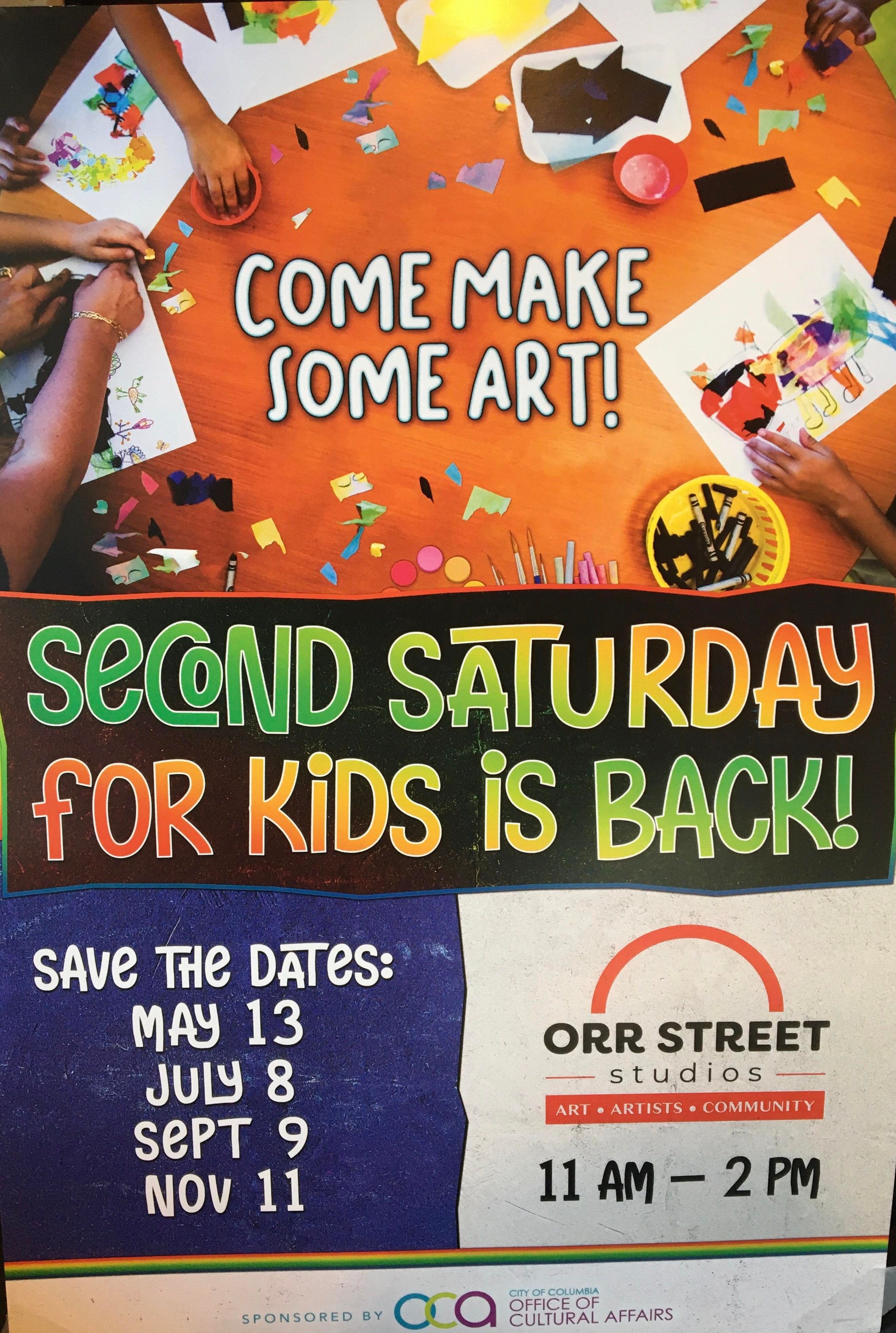Second Saturday for Kids 2023
Second Saturday for Kids is back! Our first session for teens led by J. Artiz, was a smashing success, and now Jane Mudd and Asia Long have taken the reins and we have lots more in store for younger kids. Please sign up for our mailing list and follow us on social media for upcoming dates.
Last event for 2023 is November 11th 11 am - 2 pm
Puppets and a Magic Yarn House
Puppeteer April Karlovit and her daughter Heather Johnson treat us to some puppet performances.
Strings can be use to move puppets, or to create a unique space. Get a new perspective on your home environment by making a temporary magic yarn house.
Improbably Balanced Sculptures
Mark inspires us to stack and experiment with improbably balanced sculptures!
Tie Dye and Natural Pigments with Tootie and Elizabeth
Learn about simple Tie-Dye techniques from Tootie Burns!
Elizabeth shows us that the plants around us are full of pigments!
From Elizabeth:
If you wanted to make an art project, but were lacking certain materials required for its creation, where would you go to get what you needed? Why, an art store, of course! Today, anyone can purchase paint, crayons, markers, colored pencils, and thousands of other artistic implements from specialized stores, like Blick Art Materials and Michael’s, to large retailers, like Target and Walmart. But what would an ancient artist, who lived before these stores existed, do when they wanted to make art? Would you believe they had to make their art materials themselves? It’s true! But how did they go about doing this?
There is so much color to be found in nature: minerals in the earth, leaves, flowers, fruit, and insects all possess vibrant, unique colors. It was these materials that artists once used to make artistic media, particularly paint! The oldest paint medium, which was invented by the Ancient Egyptians, is called tempera. The artist would combine a crushed-up material, such as flowers, with an adhesive (or glue-like) agent, such as egg yolk, milk, or plant gum to create a fast-drying and lasting paint medium (that’s why we still see so much color on Ancient Egyptian artworks!). Oil is another paint medium; it was popularized in Medieval Europe, though it may have existed as early as Prehistory (we’re not really sure!). This paint medium was combined with a stronger adhesive, like linseed, poppy, safflower, or walnut oil to create slow-drying but incredibly durable colors. Synthetic or machine-made colors, like fast-drying and waterproof acrylic, were not invented until the 1930’s.
If you’re interested in making your own paint, I show you how in this video! It’s super easy: all you will need are materials from your backyard, like leaves or flowers (or, if you can spare it, fruit from your kitchen), and an adhesive of your choice (I used olive and vegetable oil, but you are welcome to use whatever you’ve got lying around your house—even water). Experiment and see: what colors can you make? Can you mix your colors to create new ones? Which materials make brighter or darker paint (e.g. I found that purple leaves make darker paint than green ones)? Are you able to make colors similar to those you might find in a box of Crayola crayons, markers, or colored pencils?
I hope you have fun and enjoy!



